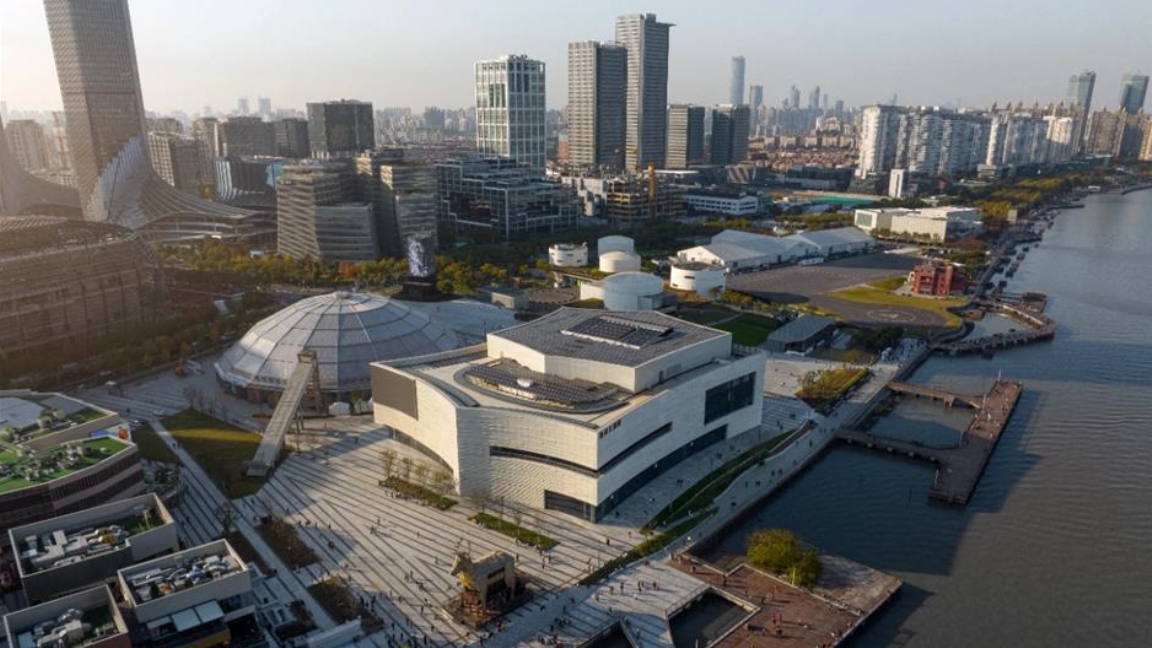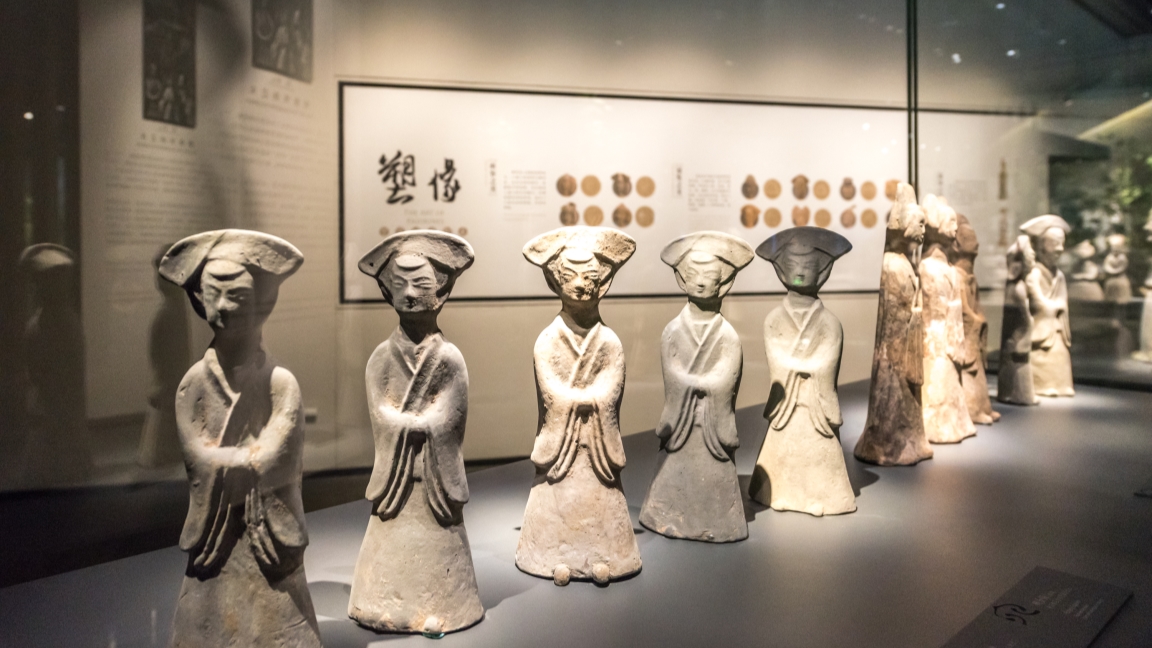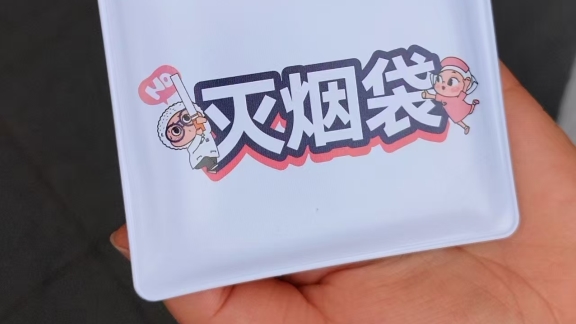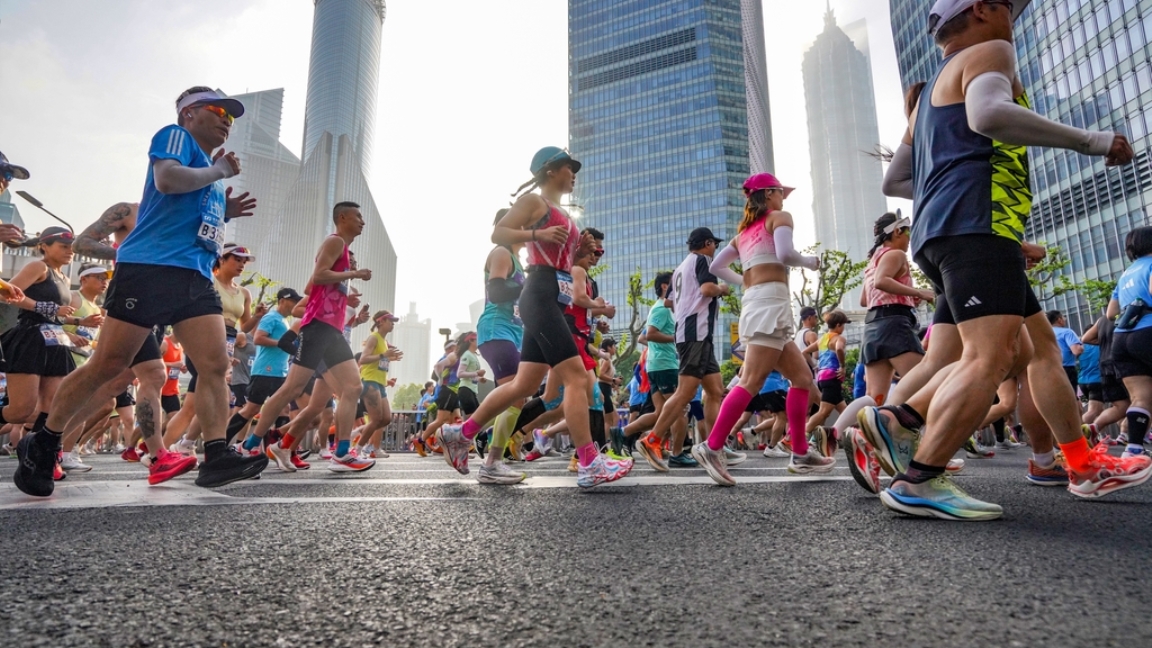Wukang Road fashion show features recycled clothes
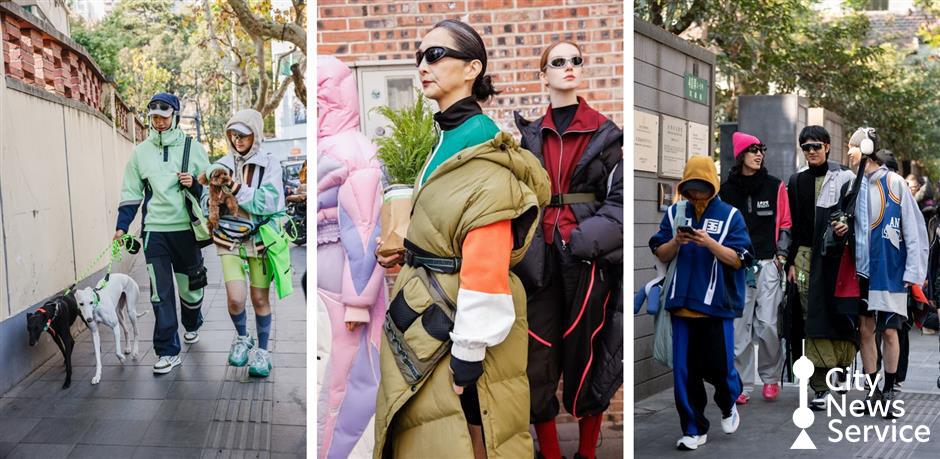
Shanghai's Wukang Road hosted a groundbreaking fashion exhibition that combined sustainability and flair last week.
Four innovative Chinese designers combined waste clothing and fabrics with sustainable fashion platform canU and Chinese brand Anta to create new designs.
Skiers, cyclists, city walkers, elderly, and pet lovers wore upcycled collections. They paraded around the streets, blending sport and glamour while spreading sustainability.
China, the world's largest apparel producer, produces about 70 billion garments annually. It produces excess inventory and fabric waste. Now, innovation and creativity are driving Chinese brands and designers to find sustainable solutions.
"While Western countries have norms and supply chains, China's movement is gaining momentum. Chinese brands have great opportunity in tech, design, and localization due to dual-carbon ambitions and customer awareness," CanU founder Cui Dan said.

Down jacket designer Chen Peng, a London College of Fashion graduate and CHENPENG founder, blends functionality with artistry.
Chen reimagined excess down jackets and sports pants into stunning environmental art.
"China's industrial expertise offers substantial raw material experience," Chen said.
"Designers are working with recycled plastics for yarns and fillings. Down is recyclable in my case. To save resources, we are developing biodegradable materials and denim washes."
Shangguan Zhe, founder of SANKUANZ, is known for his avant-garde designs and fabric combinations. His street and subculture-inspired work often graces Paris Fashion Week.
Shangguan spray-painted surplus outfits to emphasize street culture's attitude and shift.
"Sustainability is vital to society. Everything from graffiti to flexible designs can express this idea."
ORDEREDRO founder KAI KAI upcycles and explores sustainable fashion. ORDEREDRO is known for its innovative, artistic designs that convey social, cultural, and personal messages.
"Limited options and high costs are hindering many Chinese designers from employing recycled materials," KAI KAI told Shanghai Daily. He advises firms to produce eco-friendly materials and draw inspiration from Chinese crafts like seamless tailoring and bamboo weaving.
"These designs can showcase cultural uniqueness and promote global competitiveness."
Sustainable design must result in marketable products. Cui believes Wukang Road, a trendsetting area, is the best place to present these ideas for consumer acceptance.

The display pieces are available at Anta's Zero-Carbon Mission store on Wukang Road and via Anta's official platforms, inviting consumers to explore green fashion.
The store reproduces product display racks, sofas, and trash cans from abandoned fabrics by Chinese artists from diverse fields.
"By cooperating with local designers, we incorporate Chinese design language into the concept of upcycling," said Cui, who is also Anta's sustainability adviser.
"This show smashed barriers to connect customers to companies and sustainability. Most crucially, it connected unique, sustainable pieces to commercialization, defining a sustainable fashion standard."


In Case You Missed It...
![[Hai Lights] 5 Places That Do Outstanding Matcha Drinks in SH](https://obj.shine.cn/files/2025/09/09/80c8064c-6850-40a2-a874-3f2b8c37fcef_0.png)
